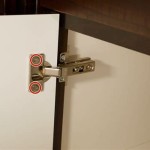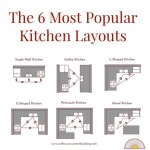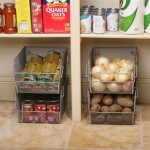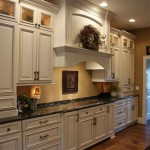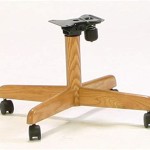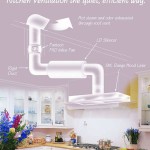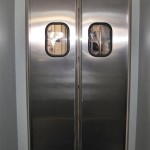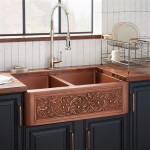Essential Aspects of Kitchen Cabinet Planning
Kitchen cabinets are a crucial component of any kitchen, providing storage, functionality, and style. Planning them meticulously is essential to ensure an efficient and aesthetically pleasing workspace. Here are some essential aspects to consider when planning your kitchen cabinets:
1. Purpose and Functionality
Determine the primary purpose of your cabinets. Do you need ample storage for cookware, pantry items, or a combination of both? Consider your cooking style, storage habits, and the number of people in your household. This will help you determine the size, quantity, and configuration of your cabinets.
2. Cabinet Styles
There's a wide range of cabinet styles available, each with distinct characteristics. Shaker cabinets are classic and timeless, with recessed panels and minimal ornamentation. Flat-panel cabinets offer a sleek and modern look, while beaded cabinets have intricate detailing that adds a touch of elegance. Consider the overall design theme of your kitchen before making a style selection.
3. Cabinet Finishes
The finish you choose for your cabinets can significantly impact the overall look and feel of your kitchen. Painted cabinets offer a wide palette of colors and a smooth, uniform surface. Stained cabinets showcase the natural beauty of wood grain and can be customized with different shades and tones. Laminate cabinets are durable and affordable, while thermofoil cabinets provide a seamless and water-resistant finish.
4. Cabinet Hardware
Cabinet hardware such as pulls and knobs not only enhance functionality but also contribute to the aesthetic appeal. Choose hardware that complements the style of your cabinets and the overall design scheme of your kitchen. Consider the finish, size, and spacing of the hardware for a cohesive look.
5. Storage Solutions
Maximize storage space by incorporating various storage solutions within your cabinets. Pull-out shelves and drawers provide easy access to items in deep cabinets. Corner cabinets can be transformed into functional units with rotating shelves or lazy Susans. Built-in appliance garages and spice racks keep appliances and frequently used items organized and accessible.
6. Aesthetic Integration
Your kitchen cabinets should seamlessly integrate with the overall design of your kitchen. Consider their size, shape, and color in relation to the countertops, backsplash, and flooring. The cabinetry should complement the other elements without overpowering the space.
7. Lighting
Proper lighting is essential for a functional and visually appealing kitchen. Incorporate under-cabinet lighting to illuminate work surfaces and make it easier to find items. Consider adding accent lighting or decorative fixtures to enhance the ambiance of your kitchen.
8. Professional Installation
While it's tempting to install kitchen cabinets yourself, it's highly recommended to seek professional installation. Experienced cabinet installers ensure that your cabinets are level, secure, and meet building codes. They can also provide valuable advice on cabinet placement and storage solutions.
By carefully considering these essential aspects, you can plan and design kitchen cabinets that meet your specific needs and complement the overall design of your kitchen. With proper planning and execution, your kitchen cabinets will provide years of functionality, convenience, and style.

Kitchen Cabinet Design Tutorials

How To Organize Your Kitchen Cabinets And Pantry Feed Me Phoebe

How To Plan Your Kitchen Storage For Maximum Efficiency

A Guide To Planning Your Kitchen Interior Design Cafe

How To Organize Your Kitchen Cabinets And Pantry Feed Me Phoebe

How To Plan Your Kitchen Layout Curio Design Studio

Create A Kitchen By Cabinets Com

House Planning How To Set Up Your Kitchen

How To Organize Your Kitchen Cabinets And Pantry Feed Me Phoebe

How To Organize Kitchen Cabinets Pa
Related Posts

